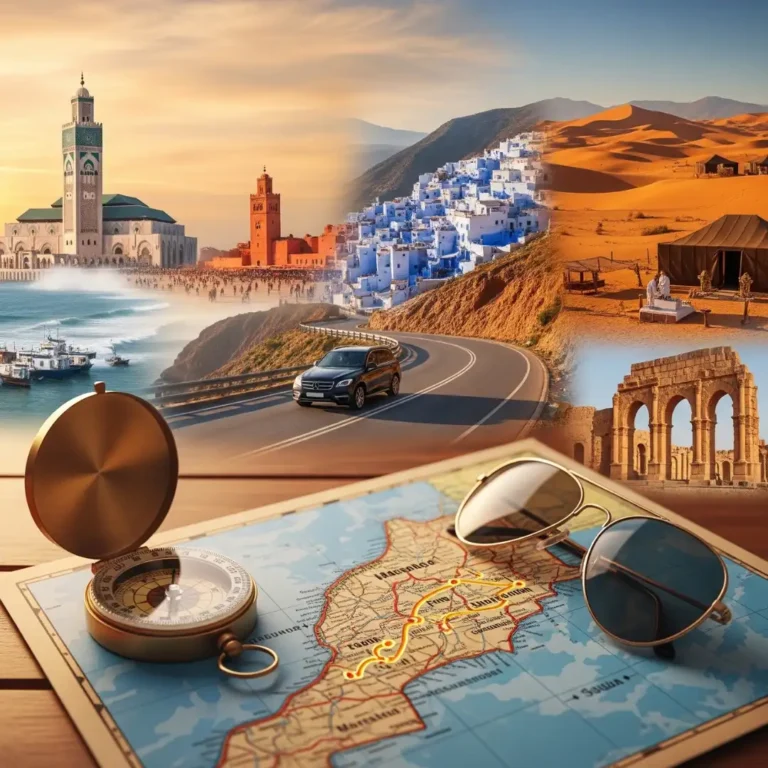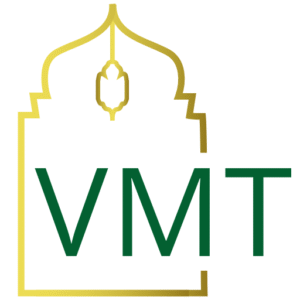Curious? Ask...
Inspire Me...
See Our World
We serve mint tea and hot updates. Subscribe and sip both!
We serve mint tea and hot updates. Subscribe and sip both!
Free things to do in Rabat | National Library Gardens is a peaceful green retreat where locals read, relax, and breathe. Nestled beside Morocco’s National Library, it’s a hidden gem perfect for quiet moments, soft shade, and slowing down in the heart of the city.
Free things to do in Rabat | National Library Gardens begins where silence meets shade, and where gravel paths remember footsteps. Hidden behind the city’s pulse, this peaceful garden is one of the most overlooked treasures in Rabat. It offers more than rest — it offers rhythm. Here, olive trees lean in, whispering stories as old as the medina itself.
Among the top free things to do in Rabat, the National Library Gardens invite you to sit, slow down, and breathe. Morning light filters through citrus branches. Stone benches wait beneath trees not for photos, but for presence. This is not a tourist stop — it’s a return to stillness. Visitors often describe Rabat’s gardens as “just gorgeous,” praising their peaceful beauty and public accessibility.
In a capital of diplomats and ministries, this quiet patch of green remains deeply human. The garden, which stretches beside Morocco’s Bibliothèque Nationale, reflects a balance between knowledge and nature. It’s not just a park — it’s a living space where Rabat’s story continues to unfold.
National Library Gardens is among the few places in Rabat where architecture bows to silence. Once visited by scholars, now open to all, it bridges old books with new breaths. It’s mentioned in poems, remembered in routines, and gently protected by those who need nothing from it but peace. According to Archnet, the National Library’s design reflects Morocco’s vision of modernity, rooted in heritage, blending open space with civic dignity.
According to the Fonds pour la Sauvegarde du Patrimoine Culturel de Rabat, Rabat’s historic gardens—including quiet civic spaces like the National Library Gardens—form part of the city’s living heritage and are protected under its UNESCO World Heritage designation. Furthermore, as part of Rabat’s literary and cultural core, the building of the National Library was recently highlighted in the city’s designation as UNESCO World Book Capital 2026.
As one of the most authentic green spaces in Rabat, the gardens offer something rare: a breathing archive of community, memory, and stillness — all for free.
Notice the shadows underfoot — they shift slowly, like time. Gravel crunches softly as you move between trimmed hedges and weathered benches. Olive and citrus trees line the paths, their leaves catching light like script.
Look up. You’ll see mosaic walls, chipped but proud. Pigeons balance on gates. Some corners hold the scent of jasmine or warm dust. And sometimes, in the quiet, you’ll hear music — someone tuning a guitar, or the hum of distant prayer.
Textures speak here. They’re not curated. They just are — part of Rabat’s rhythm, wrapped in light and leaf.
Your walk doesn’t have to end here. Just five minutes away, Bab Rouah Gallery displays bold new Moroccan art — a free exhibit that changes with the times. Head down Avenue Mohammed V for colonial echoes woven into the city’s present.
Pair this with a morning at the Kasbah of the Udayas, one of Rabat’s oldest quarters, where sea breeze meets painted blue walls. Or rest your thoughts at the Chellah ruins, where Roman columns and nesting storks hold the silence together.
These spots form a constellation of calm — each one a free window into the city’s layered soul.
Locals choose Free things to do in Rabat | National Library Gardens not to take pictures, but to exhale. Some sit between errands. Others close their eyes and listen. You’ll find teens sketching, elders trading stories, and sometimes, a musician tuning quietly near the hedge.
Vendors near the library gates often nod at familiar faces. A quiet loyalty grows here — not spoken, but felt. Couples who met here sometimes return years later with children running between the benches. Locals often recommend peaceful garden spots like this one for reading or studying in Rabat — spaces where the city breathes more slowly.
This space holds memory, but lightly. It lets you carry your own.
Bring a notebook or book. This isn’t a place to scroll — it’s a place to reflect.
Wear flat shoes for the gravel. It’s easy to walk, but not ideal for heels.
Water is essential, especially in the dry light of late spring or summer.
Arrive just after morning prayers or around sundown for the best atmosphere.
Don’t rush. This isn’t a checklist stop — it’s a soft pause between moments.
Among the most peaceful spots in the free things to do in Rabat | National Library Gardens, there’s a low bench tucked beside a mosaic wall. Few people sit there, but it listens well. A narrow path winds behind a row of citrus trees — one of the hidden treasures in Rabat’s quiet gardens — and ends in a small clearing where the breeze gathers like a secret. If you’re looking for what to see in Rabat for free, or simply longing for silence, this quiet corner holds your answer.
One shaded corner near the back sometimes hosts stray cats sunbathing in silence. Another leads to a nearly invisible door toward the old botanical garden — a gate known mostly by locals. This garden doesn’t shout. It waits. And if you walk gently enough, it reveals its quiet miracles.
Free things to do in Rabat | National Library Gardens is not only a destination — it’s an invitation. To sit. To listen. To return. In this place, time doesn’t stop. But it does soften.

Discover the charm of these free spots, then let us take you further, exploring culture, history, and the heart of Morocco.

Visit Morocco Tours
Escape Alchemist
VMT
Tell us your travel drama, we’ve got solutions!